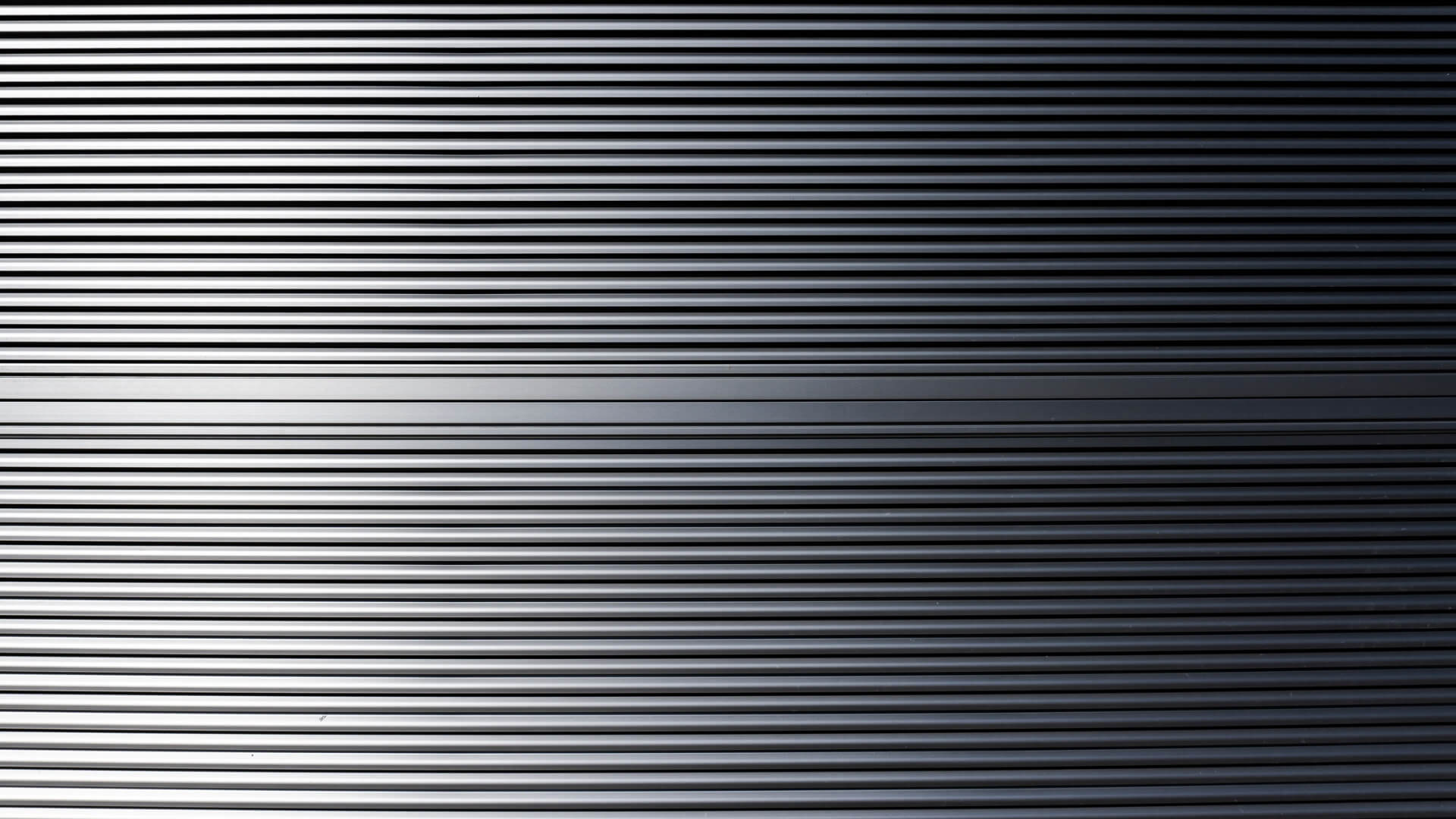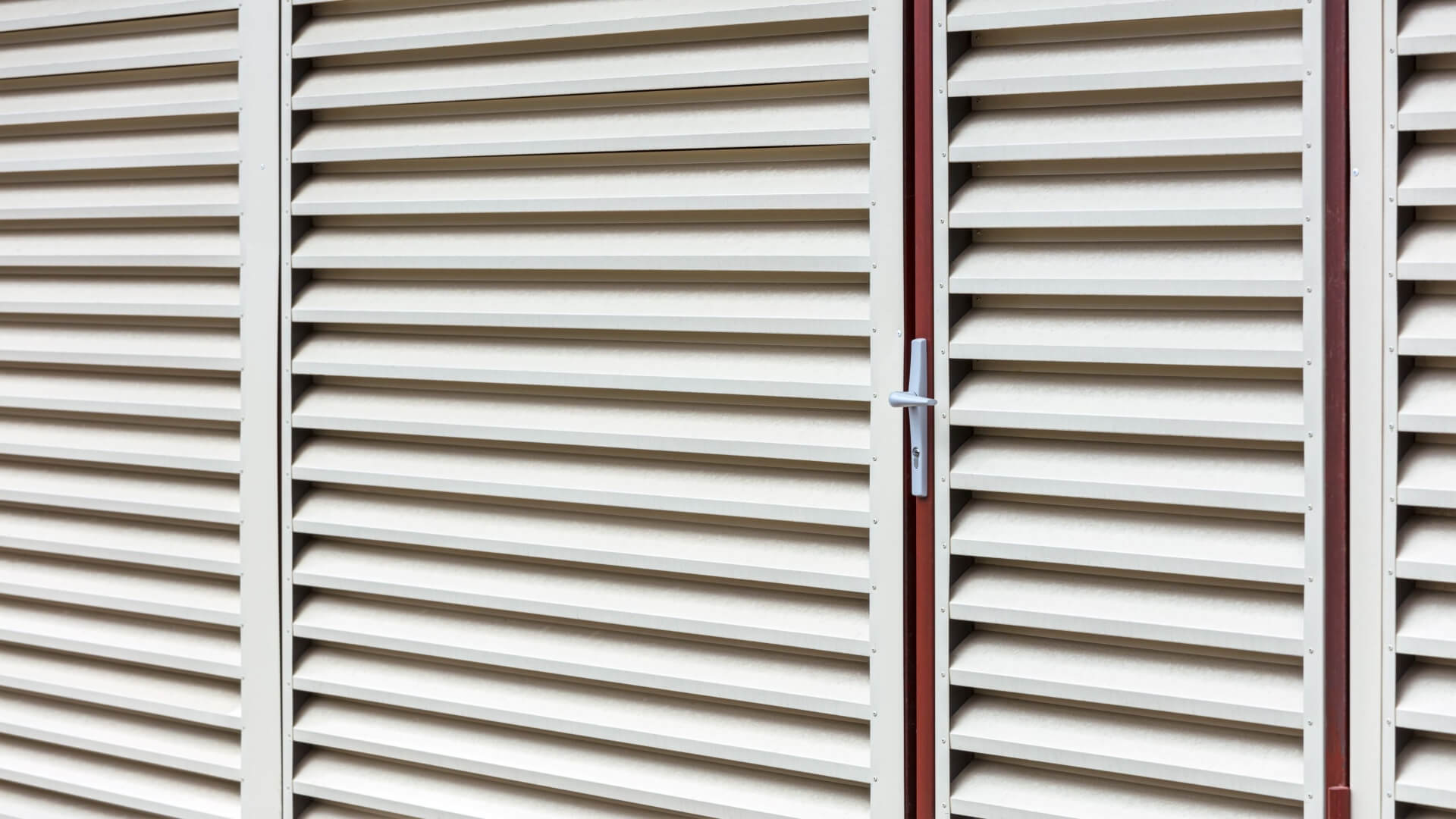Every building is designed to accommodate different features that enhance its functions. For instance, gutters and downspouts collect rainwater and dispose of it away from your home to prevent the element from interfering with the structure’s integrity. On the other hand, vents and windows supply your building with fresh air to prevent damp and musty air from accumulating inside.
Similarly, louvres are designed to ensure the proper flow of fresh air in your building while preventing debris from accessing its interior. If the term louvre is new to you, continue reading to understand what it means and why louvres are used in buildings.
What Are Louvres?
Louvres are narrow, sloping slats attached to a frame, covering openings like windows and air vents. Louvres allow fresh air to access a building while preventing unwanted elements like dirt, water, and debris from getting inside. Louvres are necessary for buildings that require resistance to rain, wind, and excess noise.
To create louvres, many manufacturers depend on CNC punching. But what is CNC punching? CNC punching is a method of punching holes in metal. It involves converting the shape to be punched out of metal sheets into specific coordinates. A computer programme is used to ensure the metal sheet is positioned correctly beneath the punching ram before the desired shapes are punched out.
What Are Building Louvres For?
As stated, building louvres allow fresh air to enter a building while blocking unwanted elements. In short, louvres are used to ventilate a building properly.
Sometimes, building louvres are installed to enhance a building’s appearance. Here are the other primary purposes of building louvres:
- Ventilation: While louvres alone might not be able to thoroughly ventilate your building, they can improve the fresh air supply in your building when used in conjunction with other ventilators. As a result, they eliminate hot, stale indoor air while welcoming fresh, cool air inside the building.
- Window Alternative: As earlier said, building louvres can improve a building’s appearance. Additionally, they can be used as window alternatives.
In many buildings, there are areas where window installation might not be practical. However, not installing windows or finding other alternatives might deprive your building of enough airflow. In such an event, installing louvres might be your ideal option. They come in different sizes, colours, and styles; hence, finding ones that can fit your building is easy.
How Do Louvres Work?
Louvres function through fixed or operable blades attached to a frame. Their size, design, and number correspond to the louvre’s functions. The blades have a unique arrangement that allows air to pass through and filters out unwanted elements. For instance, a louvre may allow air to pass through it while specifically blocking rain and debris.
There are things to consider when choosing louvres to match your building and fit your needs. They include:
- Water Penetration: The point of water penetration refers to where the louvre system allows water to pass through. It involves the measurement of free area velocity indicating when the louvres will begin leaking.
- Louvre Free Area: When selecting architectural louvres, choose a system with a high percentage of free area since it allows more air to come in through a tiny opening. This reduces the costs used to open up the wall when installing louvres. Usually, the free area ranges from 35% to 60% of the wall opening.
- Airflow Resistance: Louvres can create wind resistance based on their design and the shape of their blades and frame. To learn about or measure a particular louvre’s airflow resistance, you need to run air through it. Then, calculate the pressure differential and free area velocity. Once you’ve calculated the airflow resistance, minimising it’s vital to avoid damaging the louvre.
Types Of Louvres Required
Every building requires clean air for the well-being of people and good condition of machinery inside, implying the need for louvres. Different buildings require louvres for different purposes depending on their activities.
For example, a car park might require enhanced ventilation but little rain protection. In such a situation, conventional screening louvres might be the best option.
On the other hand, a plant room with machinery and electrical equipment requires ventilation and maximum protection from the rain. Therefore, a performance louvre is ideal for such a building.
Conclusion
Louvres are systems that help improve air quality in a building while preventing other elements, such as rain and debris, from making their way in. These metal sheets can also be used to enhance a building’s appearance.


































